Bob Atchison - The Alexander Palace Time Machine Blog
Catherine's Porcelain Stolen from Winter Palace
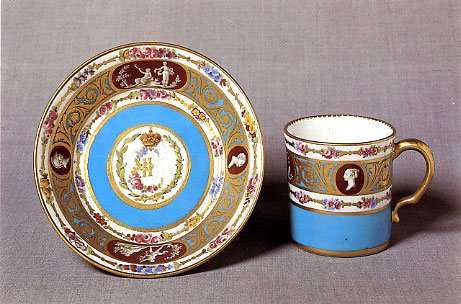
Sounds like a story from today's headlines, but the theft took place during a fire at the Winter Palace in 1837! This famous blaze almost destroyed the entire palace. Tsar Nicholas i watched the fire and supervised the rescue operations himself. Virtually all of the art, treasures and furnishings were saved. I was very surprised to find out about this theft. It's hard to figure out how 160 pieces of Imperial porcelian could have been stolen under the eyes of the Tsar and his soldiers and then made its way to England. Porcelain is so fragile, yet not a single piece was broken. It must have been some operation to get the china out of the palace cellars. It was packed in a large number of wicker baskets encased in big wooden crates.
This service was very valuable and today is one of the great treasures of the Hermitage Museum in St. Petersburg. It was made for Catherine the Great in France in 1778 and delivered to her a year later. A decade earlier a similar blue service with birds in the center was created for Count Razumovski (now in the Rothschild collection) and it created quite a stir in Russia when it was unveiled. Catherine was impressed and ordered her own service from Sevres according to her own designs. The service was ordered for sixty people and the first order was for 800 pieces. This cup and saucer are from the tea and coffee service. 48 of these were made.
The service is heavily gilded with acanthus scrolls and is decorated with flowers and antique cameos. In the center is Catherine's cypher EII. The E stands for Ekaterina as Catherine was called in Russia. The techniques used in producing this service were the most elaborate and challenging the famous French porcelian factories of Sevres had used up until that time. In some pieces cameos were inserted into the porcelain and secured by gilt-copper filets. Some of the cameo medallions were applied with a transfer decal process that Sevres did not use again unto the 19th century. I had no idea they were using the transfer process so early.
One mystery about this porcelain service is why Catherine took 13 years to pay for it. The cost was tremendous, but Catherine was certainly the richest woman in Europe at the time and could afford it. If anyone knows the reason for the delay perhaps they can post it here. Maybe the uncertain political situation in France had something to do with it.
If you are interested in getting copies of the plates from this service the Lomonosov (former Imperial) porcelain factory is making replicas. You can buy them from Ekaterina's Porcelain, one of the sponsors of the Alexander Palace Forum.
On a related note - in the last few weeks many forged plates from the famous Nicholas I Kremlin service have been appearing again on Ebay. Don't be fooled, the crafty people selling these fakes know exactly what they are doing and pretend they don't know what they are. Today one listing calls them "Russian Armorial" plates. Don't be surprised when these fakes go for thousands of dollars! Look closely and you can see the transfer decals used to produce them. Usually the decals don't quite line up and you can see small overlaps. I have seen fake plates and tazzas from this service for the last 7 years. I am not sure where they come from - it could be Russia, China or even New Jersey. Buyer beware!
My next posting: "Alexandra and her Favorite Icons of the the Virgin"
For more on Catherine's service consult page 477 - item 412, Treasure Houses of Britain, Five Hundred Years of Private Patronage and Art Collecting, National Gallery of Art, Yale University Press, 1985. The picture shown above is from this publication.






 Imperial Bedroom
Imperial Bedroom Portrait Hall
Portrait Hall Mauve Room
Mauve Room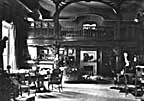 Maple Room
Maple Room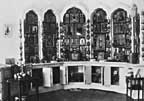 Aleksey's Bedroom
Aleksey's Bedroom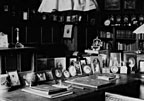 Nicholas's Study
Nicholas's Study Aleksey's Playroom
Aleksey's Playroom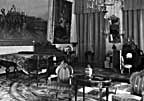 Formal Reception
Formal Reception Balcony View
Balcony View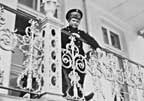 Aleksey- Balcony
Aleksey- Balcony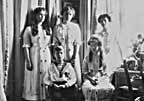 Children-Mauve
Children-Mauve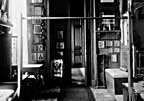 Nicholas's Bathroom
Nicholas's Bathroom Alexandra- Mauve
Alexandra- Mauve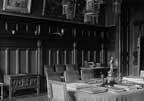 Nicholas's Reception
Nicholas's Reception Tsarskoe Selo Map
Tsarskoe Selo Map